
Merfolk
What is a Merfolk?
A merfolk is a mythical creature that has the upper body of a human and the lower body of a fish.
They are also known as mermaids (female) or mermen (male), and they are sometimes collectively called merpeople.
Merfolk appear in the folklore and mythology of many cultures around the world, and they are often associated with the sea, rivers, lakes, or other bodies of water.
These creatures have different characteristics and abilities depending on the stories they appear in.
Some merfolk are said to be beautiful and seductive, while others are ugly and dangerous.
Some can sing, speak, breathe underwater, or transform into humans, while others have no such powers.
And other merfolk are friendly and helpful to humans, while others are hostile and harmful.
They are a popular subject of art and literature, especially in fantasy and fairy tales.
One of the most famous stories about a mermaid is "The Little Mermaid" by Hans Christian Andersen, which was later adapted into an animated film by Disney.
Merfolk have also been featured in operas, paintings, comics, games, and movies.
Example of the color palette for the image of Merfolk

See these colors in NCS, PANTONE, RAL palettes...
What does a Merfolk look like?
They can breathe both air and water, and live in the oceans or other large bodies of water.
Merfolk come in different varieties, depending on their culture, environment, and origin.
Some examples are:
Chinese renyu (人魚), which are said to resemble various types of fish and have four legs.
Eating them can cure idiocy or dementia.Japanese ningyo (人魚), which are also similar to fish, but sometimes have monkey-like faces or teeth.
Serôsian merfolk, which are native to the Inner Sea of Faerûn.
They have different colors of skin, hair, fins, and scales, and some have stripes or spots.Merfolk of the Forgotten Realms, which are playful and mischievous beings that dwell in the seas of Toril.
Merfolk are often depicted in art, literature, and folklore as beautiful and enchanting beings, but sometimes also as dangerous and deceptive.
Merfolk are fascinating and diverse creatures that have captured the imagination of many cultures and generations.
️️
Example of the color palette for the image of Merfolk

See these colors in NCS, PANTONE, RAL palettes...
What are the different types of Merfolk?
They are found in many cultures and stories around the world.
There are different types of merfolk, depending on their appearance, origin, and abilities.
Some of the most common types are:
Mermaids and mermen: These are the most familiar types of merfolk, often depicted as beautiful and graceful beings with long hair and fish-like tails.
They can breathe underwater and communicate with aquatic animals.
They are usually friendly and curious, but sometimes they can be mischievous or even dangerous.
They are also known as sirens, nereids, or undines in some traditions.Selkies: These are merfolk that can transform into seals by shedding their human skin.
They live in the cold waters of the North Atlantic and the Arctic.
They are shy and secretive, and often fall in love with humans.
They can only stay on land for a limited time, and if they lose their seal skin, they cannot return to the sea.
They are also called seal-folk, silkies, or selchies in some regions.Tritons: These are merfolk that have the upper body of a human and the lower body of a fish, but also have horns, scales, claws, and sometimes wings.
They are powerful and fierce, and often rule over other merfolk.
They can control the waves and the weather, and create loud noises with their conch shells.
They are also called mermen, nereids, or sea-gods in some myths.Nymphs: These are merfolk that are associated with specific bodies of water, such as rivers, lakes, springs, or fountains.
They are usually female and have human-like forms, but sometimes they can have fish-like features or other animal traits.
They are playful and benevolent, and often protect the water and the creatures that live in it.
They are also called naiads, dryads, or oreads in some cultures.





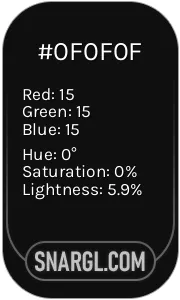 Onyx
Onyx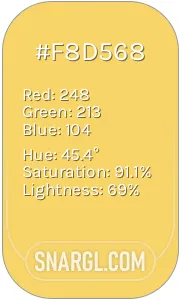 Orange Yellow
Orange Yellow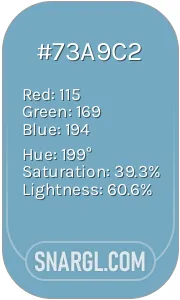 Moonstone blue
Moonstone blue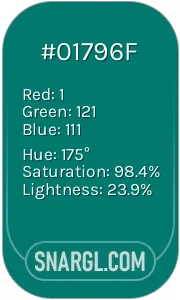 Pine Green
Pine Green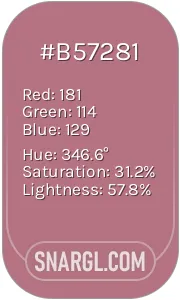 Turkish rose
Turkish rose
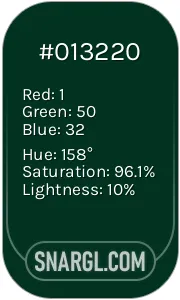 Dark green
Dark green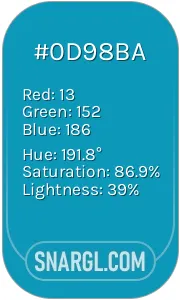 Blue green
Blue green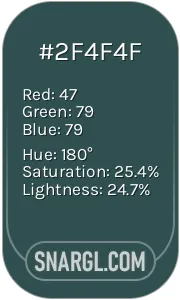 Dark slate gray
Dark slate gray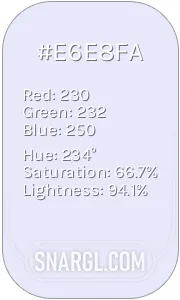 Glitter
Glitter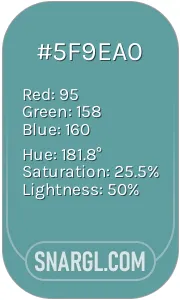 Cadet blue
Cadet blue





